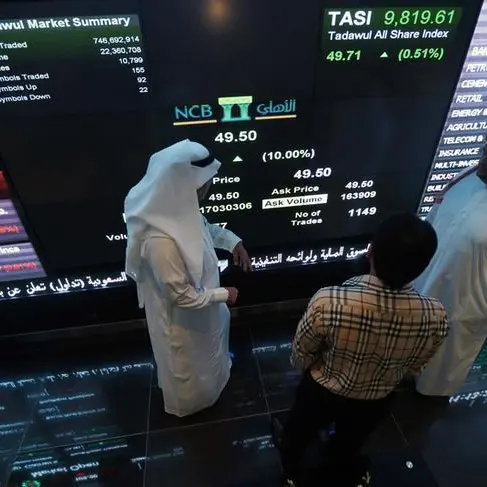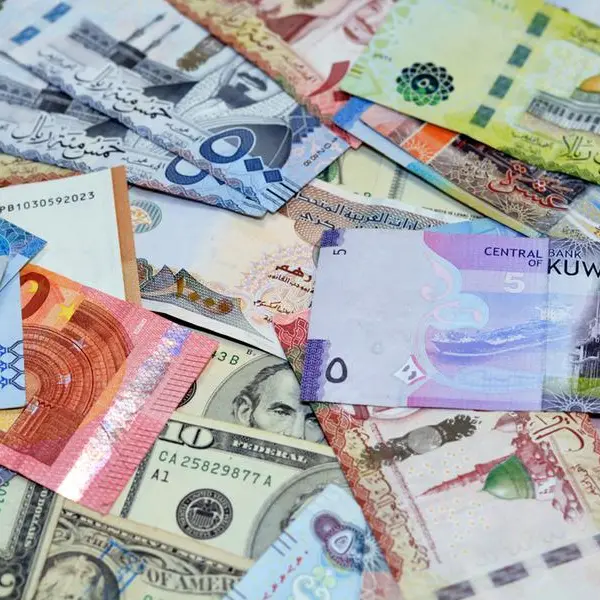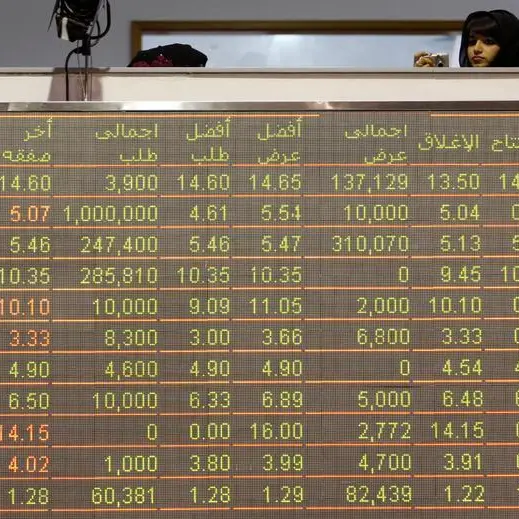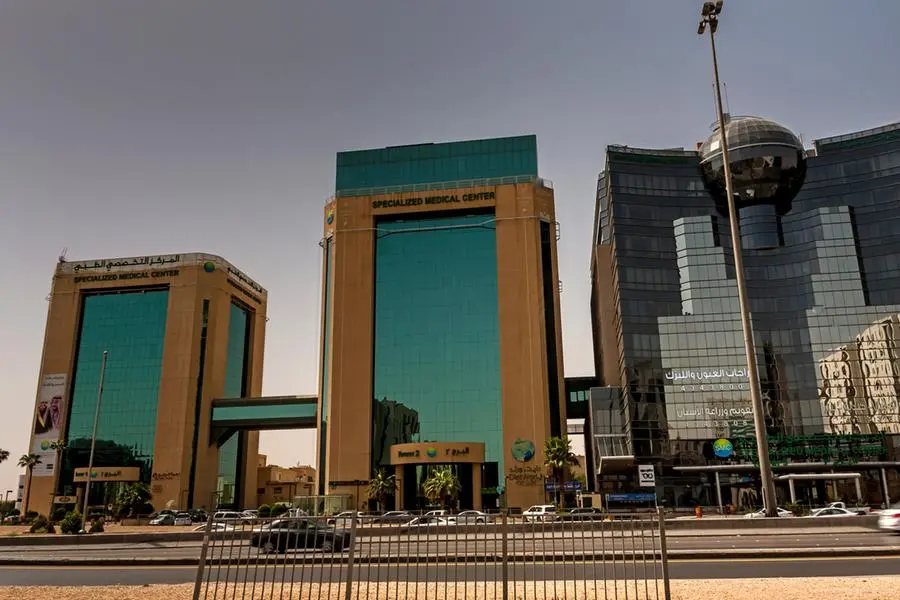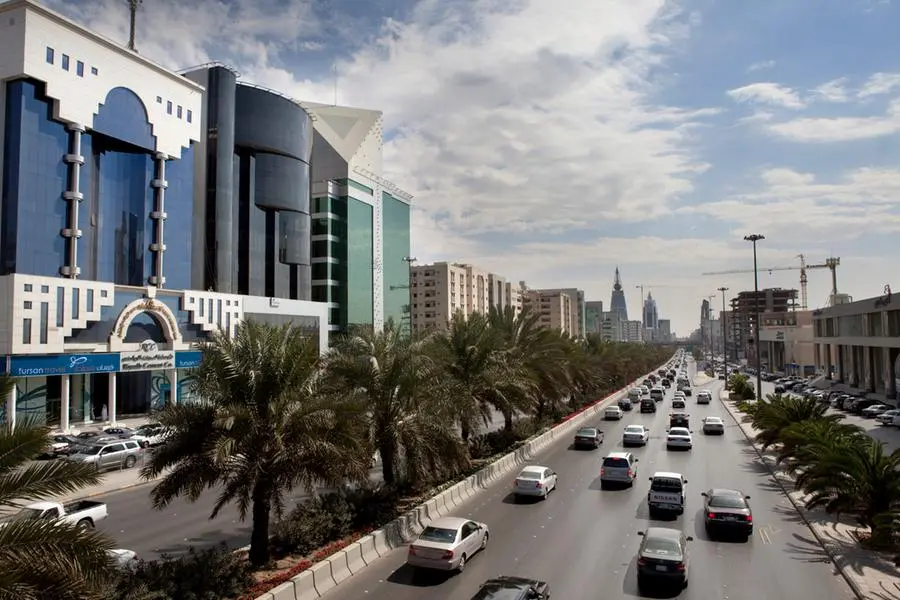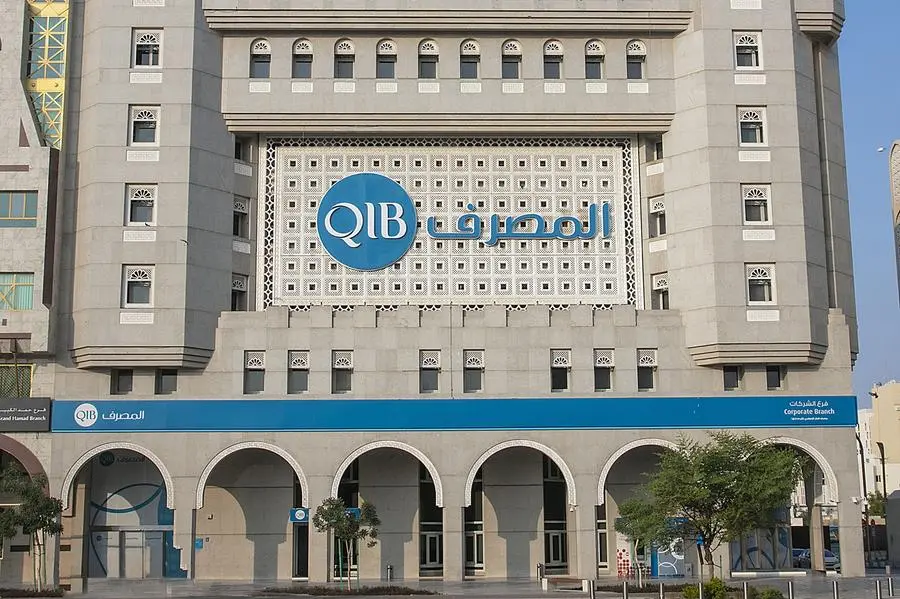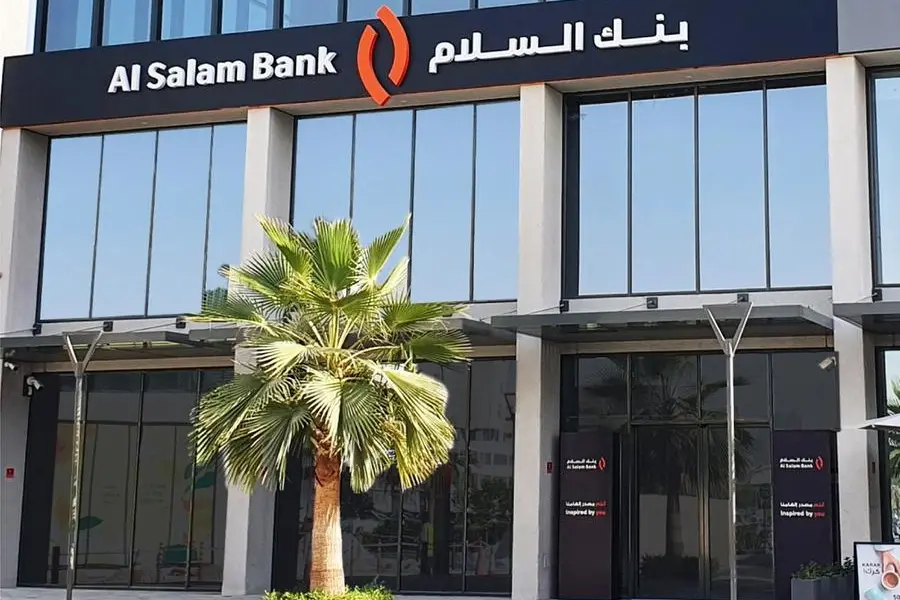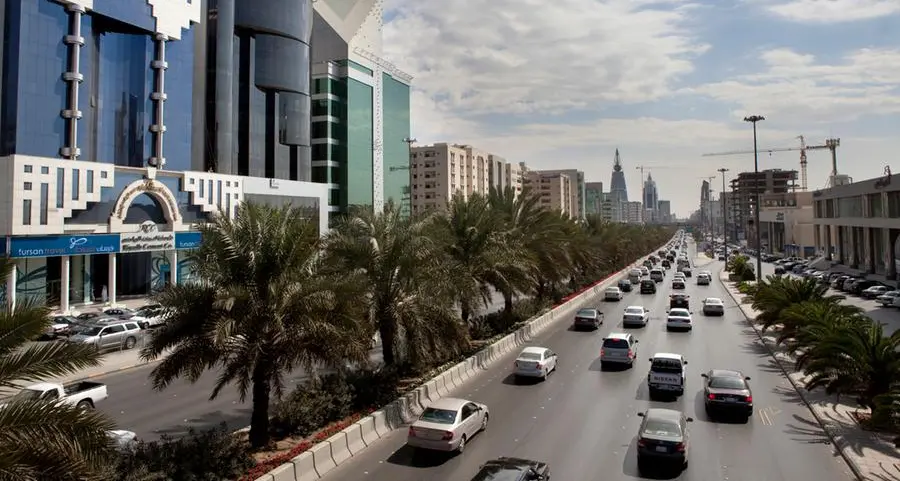PHOTO
Image used for illustrative purpose. Hooded computer hacker stealing information with laptop. Towfiqu Photography, Reuters
Cyberattacks targeting critical infrastructure in the Middle East and North Africa (Mena) skyrocketed in the first quarter of 2024, driven by geopolitical tensions and a rise in hacktivist activity, according to a report by cybersecurity firm StormWall.
StormWall analysed attacks against its clients in the region and found a staggering 183 per cent year-on-year increase in DDoS (Distributed Denial-of-Service) attacks in Q1 2024. The report highlights a concerning trend of cyberattacks weaponised to disrupt essential services and potentially escalate regional conflicts.
“The ongoing Israeli-Palestinian conflict served as a major catalyst for this surge,” said a StormWall spokesperson. “Government services bore the brunt of these attacks, experiencing a 218pc increase compared to the same period last year.”
The report pinpoints the escalation of regional tensions, including Iran’s direct attack on Israel in April 2024, as a significant contributing factor.
The energy sector also emerged as a prime target, with a 206pc year-on-year rise in DDoS attacks. Hackers, the report suggests, focused on disrupting critical infrastructure by targeting supervisory control and data acquisition (SCADA) systems and energy management systems (EMS). This raises serious concerns about potential disruptions to power grids and other vital services.
The report further reveals a significant increase in botnet capacity within the Mena region. The average number of botnet nodes quadrupled to 16,000 in Q1 2024, empowering attackers to launch more powerful and disruptive DDoS attacks. This includes a 264pc increase in “carpet bombing” attacks, which overwhelm networks with a barrage of malicious traffic across a wide range of IP addresses.
The UAE, Saudi Arabia, and Iran were identified as the most targetted countries in the region, with 21pc, 18pc, and 14pc of attacks respectively. The prominence of Iran and Israel (12pc) on the list underscores the prevalence of politically-motivated DDoS attacks.
The report also delves into the breakdown of attacks by protocol. The vast majority (83pc) targeted HTTP and HTTPS protocols, likely aiming to disrupt web services. Transmission control protocol (TCP) and user datagram protocol (UDP) protocols saw a modest share (10pc), while domain name system (DNS) attacks rose slightly from 3pc to 5pc in Q1 2024.
Copyright 2022 Al Hilal Publishing and Marketing Group Provided by SyndiGate Media Inc. (Syndigate.info).





